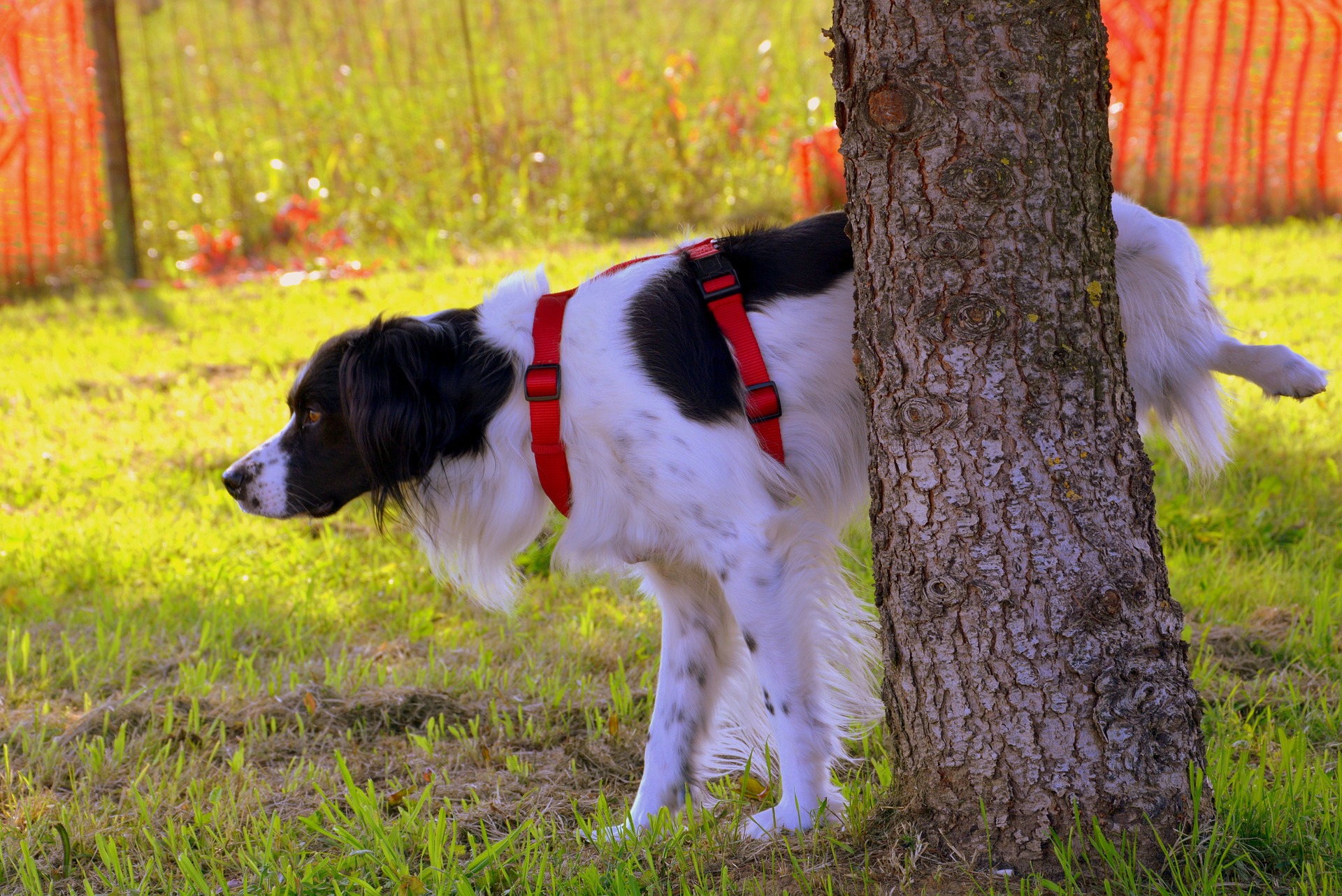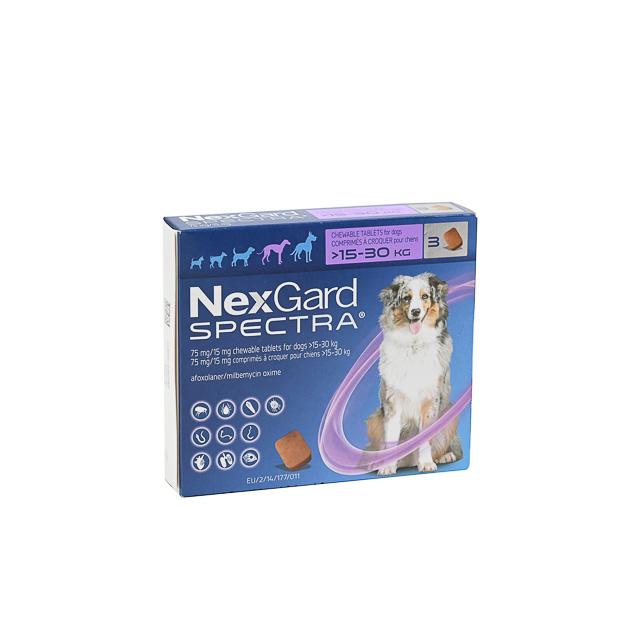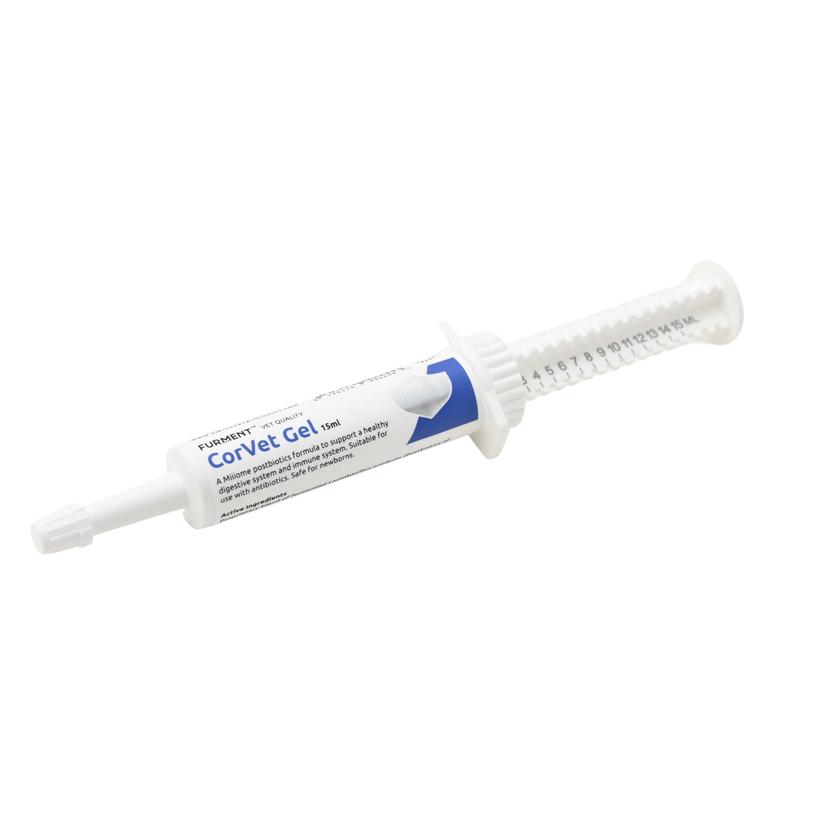A dog lifting their leg up to pee all over on the street lamp, that’s a pretty common sight. In fact, it is so rampant in places where dog ownership rates are high — such as the United States, Japan and Croatia — that years of dogs peeing have been blamed for the collapse of lamp posts. Why? Because the high nitrogen content in dog urine can erode metal; it can also stain grass or furniture and even cause skin irritations!
The lesson here is that our dogs should not be peeing in inappropriate places, and most of the time, that’s trainable. But what about when it comes to urine marking?
Dogs leave their scent mark with urine and it is perfectly normal behaviour. It’s how they communicate with other dogs in the same territory, leaving messages like their gender, social status and even stress levels — we like to call this ‘pee-mail’. It happens more often in sexually intact males, but neutered male dogs or even female dogs may also mark.
What causes urine marking in dogs?
There are several types of triggers for marking — hormonal triggers such as your dog’s attempt to signal to another dog in heat, or social triggers, which see the territorial need to compete for dominance or simply being in anxiety-inducing situations.
You may notice your dog marking when new stimuli is introduced, whether it’s strange objects in their space, unfamiliar people or pets in the neighbourhood, the presence of visitors or even a new baby in the house!
How do I reduce marking behaviour in my dog?
Because hormones play a significant role in marking behaviour, spaying or neutering your pet should be your first course of action. Neutering has shown to diminish marking behaviour in 80% of male dogs while spaying has also seen positive impacts as it helps to balance the hormones of female dogs.
When it comes to prolonged or recurring marking behaviour, observe your dog closely to find the triggers and aim to desensitise them to these things. These could be simple exercises done under supervision, such as getting them used to new people or objects in the house with gradual introduction and plenty of treats and affection.
Try the Adaptil diffuser, which produces pheromones that help put dogs at ease. This may alleviate some of the anxiety your dog is facing that results in marking.
When your dog has made a mess in an inappropriate location, clean up without drastic reactions. The last thing you want is for your dog to think that marking makes you give him attention! You may also want to get rid of their urine scent using enzyme cleaners so they do not repeat the behaviour in the same spot.
No matter how rebellious your pup may seem as they cock up that leg and spray urine all over your couch, remember that the behaviour comes naturally to them. Resist the urge to yell or punish them as it will only instill fear that would worsen the situation, or cause them to resort to marking when you are not looking.
As always, practice positive reinforcement with your pup by rewarding good behaviour, such as urinating in designated places or outdoors where marking is permitted.
Marking problems may last in some dogs longer than others. If you find that things are getting out of hand, it may be time to call in the professionals. Veterinary behaviourists will be able to help you find a better solution or develop a longer term training plan that is suited for your dog.
Be patient in the process but also have some confidence in your pup — after all, every (dog) has its day!













